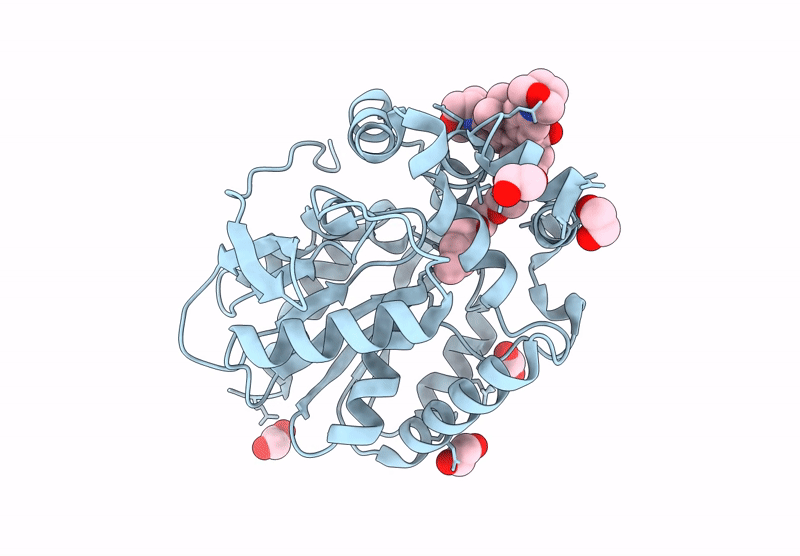
Deposition Date
2024-09-09
Release Date
2025-01-01
Last Version Date
2025-06-25
Entry Detail
PDB ID:
9JHA
Keywords:
Title:
X-ray structure of the Haloalkane dehalogenase HaloTag7 labeled with BD626-HTL substrate
Biological Source:
Source Organism:
Rhodococcus sp. #1 (Taxon ID: 299396)
Host Organism:
Method Details:
Experimental Method:
Resolution:
1.70 Å
R-Value Free:
0.22
R-Value Work:
0.17
R-Value Observed:
0.18
Space Group:
P 43 21 2


